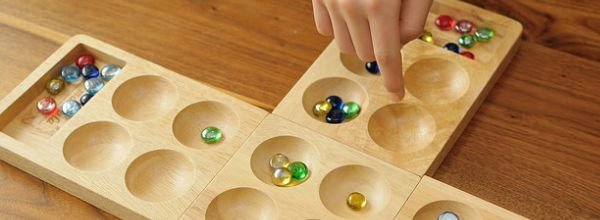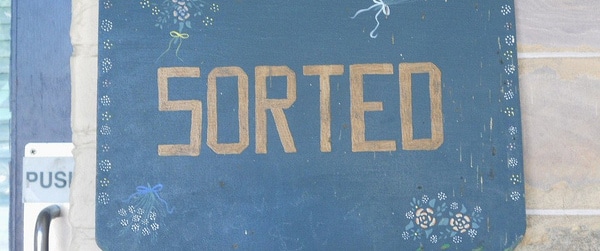Over the past few decades the mammalian cell cycle has been well documented. Although there are lots of checkpoints as cells move through the cycle, we can very simply divide the cell cycle into three stages according to the DNA content in the nucleus.
When cells are either quiescent or not dividing they have the normal DNA complement (i.e., in normal human cells this is 46 chromosomes worth). When cells initiate proliferation they enter the S (synthetic) phase of the cell cycle and begin replication of DNA. They continue to make new DNA until they double their DNA content at which point they enter mitosis and produce two daughter cells that can either exit the cell cycle or go on to another round of cell division. Simple really!
Dy(e)ing DNA? No it’s Just a Pretty Color!
We can use cell cycle analysis to assess which phase the cell is in by staining the DNA with either a chromogenic or fluorescent dye. Flow cytometry is a perfect technique to quantitate fluorescence and we can use the fact that there is a range of fluorescent dyes that bind to DNA to do this. In fact, DNA analysis was one of the first applications of flow cytometry back in the 1960s and DNA analysis by flow cytometry is now used in research applications and in the clinic.
What are the things that need to be considered when designing an experiment to do this?
Know Your Cytometer!
Although many modern cytometers have multiple laser excitation sources, you need to ensure that it has the right one for the dye you want to use. It also has to have the correct optical detection filter. This leads on to the fact that you need to know about the excitation and emission properties of the dye you want to use.
So, Which Dye Do I Use?
As well as being fluorescent, the dye has to bind stoichiometrically; i.e., in proportion to the amount of DNA that is in the cell. A quick search will reveal a number of these dyes, but they all have different spectral properties.
Many are excited by the blue (488nm) laser that is present in virtually all flow cytometers; these dyes include propidium iodide, 7-aminoactinomycin-D and SYTOX® Green.
Some are excited by other common laser lines such as the red (640nm) laser; examples are TO-PRO-3 iodide and DRAQ5™.
Some, such as the Hoechst dyes require UV laser excitation, which is less commonly available.
Therefore, knowing which lasers you have in your cytometer will allow you to pick which dye to use.
How Do I Get the Dyes Into the cell?
With the majority of DNA binding dyes, cells need to be fixed or permeabilized in order for the dye to enter the cell so they are, in effect, dead. Fixatives used include ethanol, methanol and formaldehyde; cell permeabilizing agents include Triton-X100, NP-40 and saponin. Each has its advantages and disadvantages. In general a cleaner profile is seen with the permeabilizing methods but these don’t allow long term storage of the samples. Fixatives do allow storage and the fixative of choice is usually 70% ethanol.
I Need to Keep my Cells Viable
Well, now your options are more limited. There are only a few dyes that enter live cells without any fixation or permeabilization step; namely Hoechst 33342, DRAQ5™ and the DyeCycle dyes from ThermoFisher Scientific. However, care is needed: optimization of dye concentration and incubation time is required for every cell system you are using, and be sure to assess cytotoxicity and cell functionality! However, these dyes and precautions will allow you to keep the cells alive in, for example, sorting experiments.
Anything Else I Need to Know?
The cytometer set up is slightly different when running a DNA analysis experiment than when doing a multiple immunophenotyping experiment. With DNA analysis we are in the realm of high resolution data analysis: there is only a doubling of fluorescence between cells in the resting state and those in mitosis so we use a linear amplification to see and display the fluorescence on our cytometer.
We want to make sure that we measure single cells rather than two cells that are stuck together or pass through the laser beam very close together; therefore, removal of cell doublets is important. This can be achieved by analysis of the pulse of fluorescence produced as a cell traverses the laser beam; cell doublets will take longer to pass through the beam than a single cell and have a wider pulse.
The sample is run using a low pressure differential to keep the sample core as small as possible to keep variations to a minimum. This will lead to DNA histograms with low CVs (coefficient of variation) and will allow better discrimination of the cell cycle phases.
Mission Accomplished!
So, a little thought about how you optimize your dye to your cytometer, how you prepare the cells and knowing the tricks for running samples for DNA analysis will allow much better experimentation!
Originally published on Januray 7, 2013. Updated and revised April 7, 2016.





